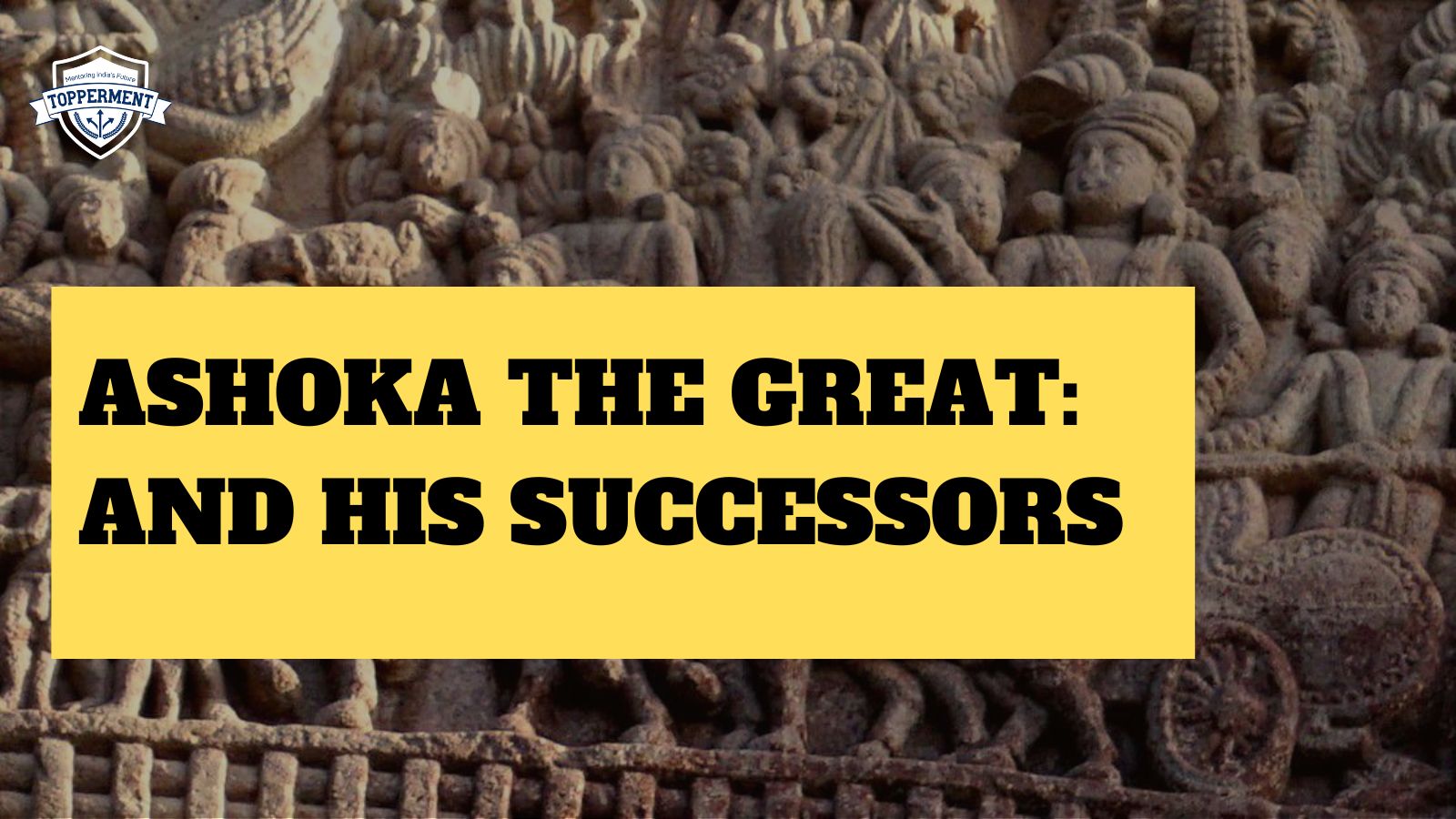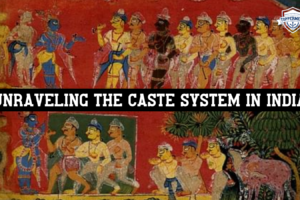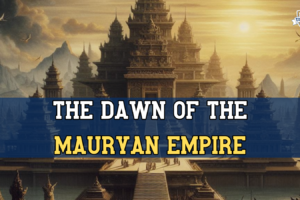
Ashoka The Great and his successors | UPSC History
Ashoka is also known as Ashoka the Great, was an emperor of the Maurya Dynasty in ancient India. He is known for his significant contributions to Buddhism, social welfare, and administrative policies.
After a series of brutal battles, Ashoka became the emperor in 269 BC. He was known for his ruthlessness, but his transformation into a Buddhist was a turning point in his life. He followed the principles of Buddhism that taught him the importance of compassion, non-violence, and peaceful co-existence.
Ashoka’s reign was marked by many significant changes in governance and social welfare. He introduced many policies that focused on the welfare of his subjects. He built hospitals, and wells for travelers. He also supported agriculture, trade, and commerce.
Ashoka’s died in 232 BC, and the Mauryan Empire went through a period of instability. His successors, Dasaratha, Samprati, and Salisuka were not able to match the greatness of Ashoka. They were unable to hold the vast empire together, and the Mauryan dynasty began to decline.
The successors of Ashoka were unable to maintain the same level of administrative policies that Ashoka had introduced. The revolt led by Pushyamitra Sunga overthrew the Mauryan dynasty in 185 BC.
Ashoka was a great emperor who brought significant changes in governance and social welfare. His focus on Buddhism and non-violence sets an example for the future generations. His successors were not able to maintain the legacy he left, that led to the downfall of the Mauryan dynasty.
Also Read
- Arthashastra- Chanakya’s Science Of Wealth | UPSC History
- Aruna Asaf Ali: The Brave Woman Who Led the Quit India Movement | National Personalities
Follow Us For More Content On:
https://www.instagram.com/topperment/
Tag:Ashoka, Ashoka The Great, Buddhism, History, IAS, IFS, India, Indian History, IPS, IRS, Mauryan Empire, UPSC



